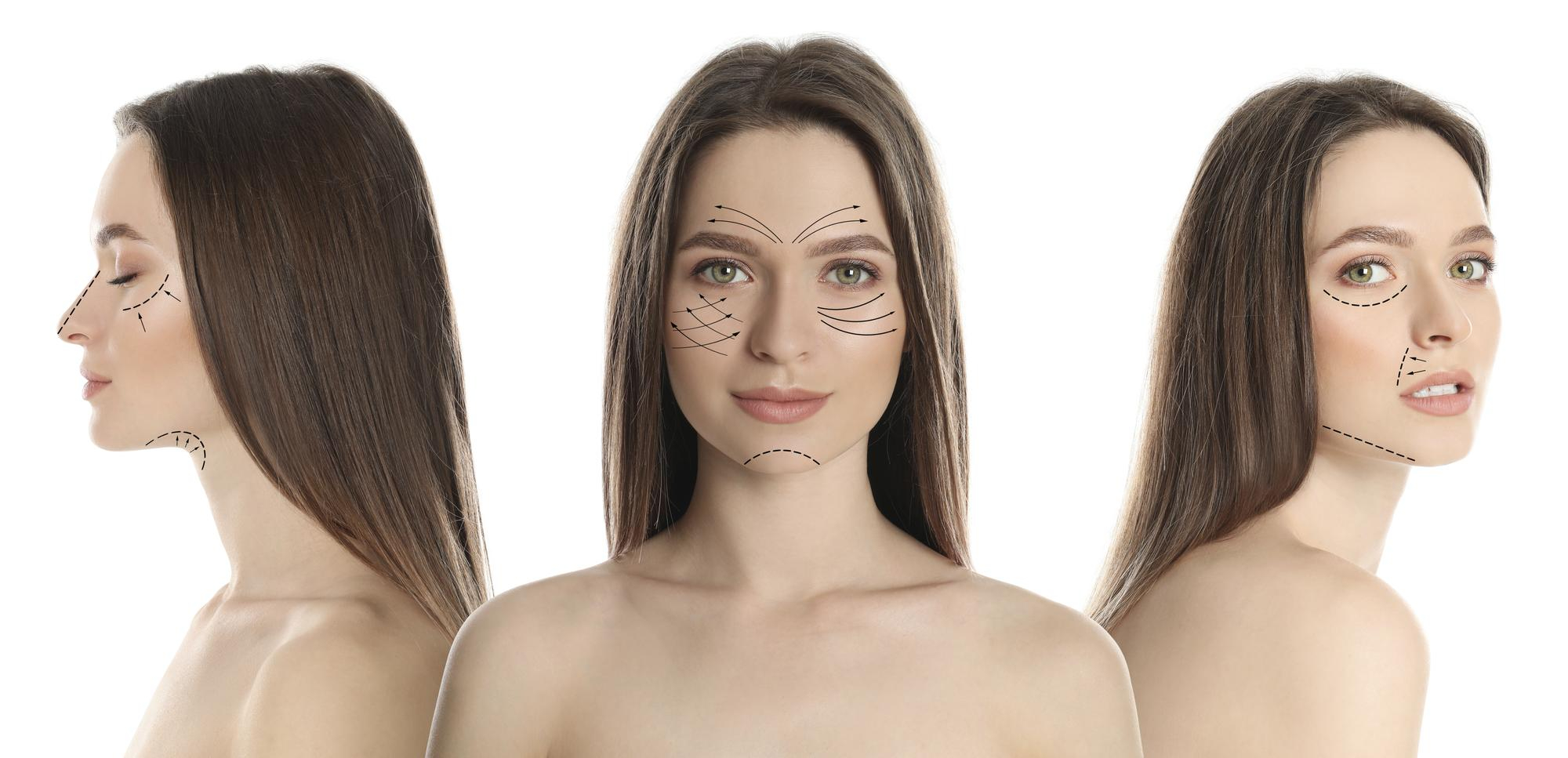How CO₂ Laser Treatment for Scars Helps Improve Acne, Surgical, and Burn Marks
Scars tell stories, but not all of them are ones we want written on our skin forever. Acne breakouts that never fully faded, surgical procedures that left visible reminders, or burn injuries that changed skin texture—all can affect the way we see ourselves. While makeup and skincare can help to some extent, many scars sit deeper under the surface. That’s where CO₂ Laser Treatment for Scars has become a trusted and transformative solution.
This advanced laser technology doesn’t just work on the surface. It stimulates the skin’s natural repair process, encouraging it to rebuild itself stronger, smoother, and more evenly textured. Over time, this approach restores the skin’s aesthetic quality and helps people regain confidence in their appearance.
What Is CO₂ Laser Treatment and How Does It Work?
CO₂ laser therapy is considered one of the most effective skin-resurfacing treatments in modern dermatology. It uses a fractional carbon dioxide laser—essentially a highly controlled, ultra-precise beam of light—to create micro-injuries in the skin. These tiny channels trigger the body’s healing response, prompting fresh collagen and elastin production.
Because collagen is the protein responsible for firmness and smoothness, increasing its production leads to gradual yet meaningful improvement in the appearance of scars. The fractional technique ensures that only targeted sections of the skin are treated at once, allowing for faster healing with impressive results.
How CO₂ Laser Treatment Improves Different Types of Scars
1. Acne Scars
Acne scars can be some of the most emotionally frustrating marks, especially when they linger long after breakouts have healed. Many of these scars—such as boxcar, rolling, or ice-pick scars—create uneven texture that skincare products can’t fully address.
CO₂ laser resurfacing helps by:
- Breaking down old scar tissue and smoothing pitted areas
- Stimulating deep collagen remodeling, which rebuilds structural support
- Reducing discoloration left behind by inflammation
- Encouraging new skin cells to replace damaged ones
With each session, the skin becomes more refined, and the sharp edges of acne scars gradually soften into a smoother surface.
2. Surgical Scars
Whether from a C-section, orthopedic surgery, or cosmetic procedures, surgical scars often heal with thick, rigid tissue. This can make the surrounding skin feel tight or look uneven.
CO₂ laser therapy works by:
- Softening the density of scar tissue, making the area more flexible
- Reducing the appearance of incision lines
- Blending the scar into the surrounding skin tone
- Improving skin texture so the scar becomes less noticeable
Patients often choose fractional CO₂ laser treatments as part of their post-surgical recovery plan to help their skin heal more seamlessly.
3. Burn Scars
Burn scars are unique because they can dramatically change the skin’s surface. They may be raised, discolored, or feel unusually firm. Fractional CO₂ laser therapy is one of the few treatments that can meaningfully improve burn-related texture and pigmentation concerns.
It helps by:
- Softening hardened scar tissue, improving mobility and comfort
- Reducing thickness and stiffness, especially in hypertrophic scars
- Enhancing skin tone, helping discoloration fade gradually
- Supporting natural healing, encouraging healthier skin regeneration
Burn scars often require patience and multiple sessions, but many individuals experience significant improvements in how their skin looks and feels.
Why CO₂ Laser Treatment Is a Leading Option for Scar Reduction
People choose CO₂ laser resurfacing because it offers benefits beyond cosmetic improvement. Its primary advantages include:
- Long-term collagen renewal, providing ongoing improvement
- Minimal downtime compared to older, fully ablative lasers
- High precision, reducing risk to surrounding healthy skin
- A natural-looking outcome, not a “treated” appearance
- Customizable intensity, based on scar depth and skin sensitivity
This makes the CO₂ laser a versatile option for scars of varying ages, sizes, and textures.
Who Makes a Good Candidate for CO₂ Laser Scar Treatment?
The treatment is ideal for individuals who:
- Have acne scars, surgical scars, burn scars, or uneven skin texture
- Are seeking a non-invasive solution with meaningful results
- Are in overall good health and willing to follow aftercare instructions
- Understand that results develop gradually over several weeks
A professional consultation is essential, as a trained dermatologist or laser specialist can customize the settings based on your skin type and scar characteristics.
What the Recovery Process Looks Like
After a session, the treated skin may feel warm—similar to a mild sunburn. Redness, slight swelling, and flaking are all normal parts of the healing process. Most people recover within 5–7 days, though deeper treatments may take a little longer.
During this time, it’s important to:
- Keep the skin moisturized
- Avoid sun exposure
- Follow all aftercare steps provided by your practitioner
As the skin heals, collagen production increases, and improvements continue to develop over the next several months.
Final Thoughts
CO₂ Laser Treatment for Scars is much more than a cosmetic fix—it’s a scientifically advanced approach that helps the skin regenerate itself from within. Whether you’re dealing with stubborn acne scars, noticeable surgical marks, or the effects of a burn injury, this treatment can offer life-changing improvement.
By resurfacing damaged skin and encouraging natural healing, CO₂ laser therapy helps reveal a smoother, more even complexion—and with it, a renewed sense of confidence.
Have questions or need personalized guidance? Reach out to our team—we’re here to help you every step of the way.
 Skip to content
Skip to content





